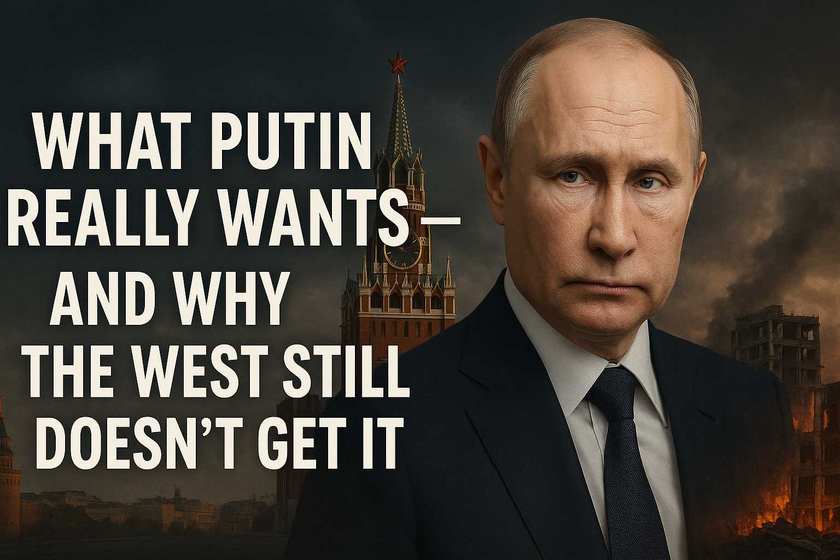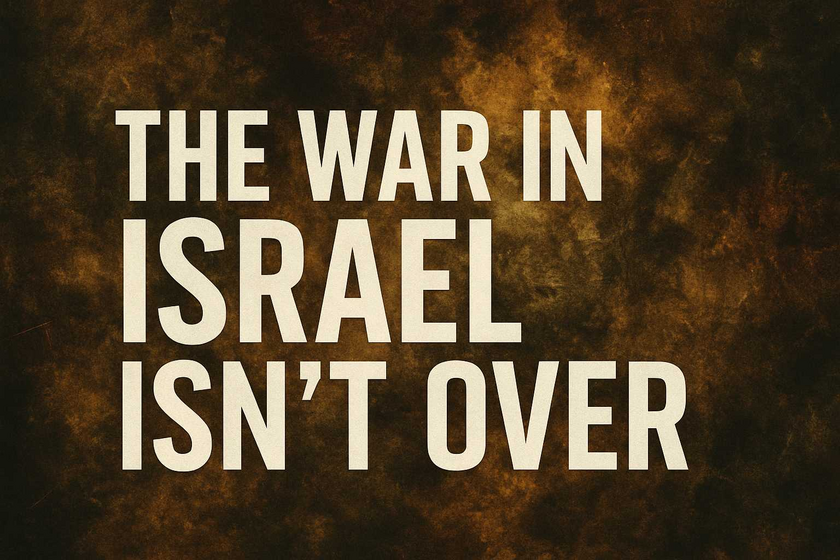Trump’s negotiating style has always been unconventional, but it does follow a certain logic—at least in his own strategic framework. His approach is a mix of hardball tactics, unpredictability, and personal relationships, but how he applies those elements can sometimes appear contradictory. Here’s a breakdown of how this could fit into his broader strategy:
1. The “Madman Theory” and Anchoring Tactics
Trump often uses extreme opening positions, as you noted, to anchor negotiations in his favor. The classic example is threatening 25% tariffs on Mexico to force them into border security agreements. This works when:
- The other party fears the consequences.
- He has leverage (i.e., Mexico's economic dependence on the U.S.).
- He can later walk back the extreme position while still achieving his objectives.
2. Friends vs. Enemies: Why He Bullies Allies and Woos Dictators
This is where things get interesting. Trump has a pattern of being tough on allies (NATO, South Korea, Canada, Germany) and more accommodating with adversaries (Putin, Kim Jong-un, Xi Jinping). Why?
- Transactional Worldview: Trump sees allies as entities that should "pay their fair share." He doesn't believe in historical alliances for their own sake, but rather as business arrangements where the U.S. should extract maximum benefit.
- Respect for Strength, Not Institutions: Trump admires power and direct action more than international norms. Dictators like Putin and Kim Jong-un operate with raw authority, which he sees as a form of strength. He views democratic leaders as weaker because they are constrained by political processes and bureaucracy.
- Disruptive Leverage: By attacking NATO, he pressures European nations to contribute more defense spending. However, this risks undermining alliances that give the U.S. strategic power in the long run.
3. The Putin Problem: A Negotiation Misfire?
Now, why does he seem to be giving away leverage when dealing with Putin? His current stance—suggesting Ukraine must cede territory before negotiations even begin—would typically be considered a weak opening move in a negotiation. Here are a few possible explanations:
- “Keep Your Enemies Closer” Approach: Maybe Trump thinks that by flattering Putin and giving him early concessions, he can build a personal relationship that allows for a later deal.
- Isolationist Instincts: Trump has long been skeptical of U.S. intervention abroad. He may genuinely believe Ukraine should give up land because he doesn’t see the conflict as an American priority.
- Desire to End the War Quickly: If Trump’s primary goal is simply to end the war and "bring peace," he may not care how it happens—just that it does.
- Misjudgment of Putin’s Position: Unlike Mexico or NATO, where Trump had leverage, Russia is already in a strong position militarily in Ukraine and may see Trump's approach as a sign of weakness rather than strength.
4. A Flawed Negotiator?
Trump’s methods are based on power, bluster, and personal relationships rather than strategic consistency. That means:
- When he has leverage, he often wins (Mexico border policy, NATO defense spending increases).
- When he lacks leverage, he sometimes makes premature concessions (North Korea summits with no real denuclearization, China trade deals that didn’t fundamentally shift the balance).
- His personal affinity for strongmen can sometimes cloud his judgment. He may mistake friendly words from dictators for genuine respect or willingness to deal, when in reality, they are manipulating him.
Conclusion
Trump is a high-risk, high-reward negotiator, and his approach often depends on whether his tactics match the situation. In some cases (business deals, Mexico tariffs), his extreme positions yield results. In others (Putin, Kim Jong-un), his strategy appears more naive, giving away leverage in hopes of a personal breakthrough that may never come.
If he were truly playing the "Art of the Deal" approach with Russia, he would:
- Threaten greater U.S. support for Ukraine to pressure Russia into negotiations.
- Hold back on preemptive concessions like NATO membership restrictions.
- Keep Putin guessing rather than openly suggesting a willingness to hand him part of Ukraine.
Instead, by leading with appeasement, he’s not anchoring high—he’s giving the other side confidence that they can take more. Whether this is strategic (keeping enemies close) or a fundamental misunderstanding of geopolitics is debatable.


















